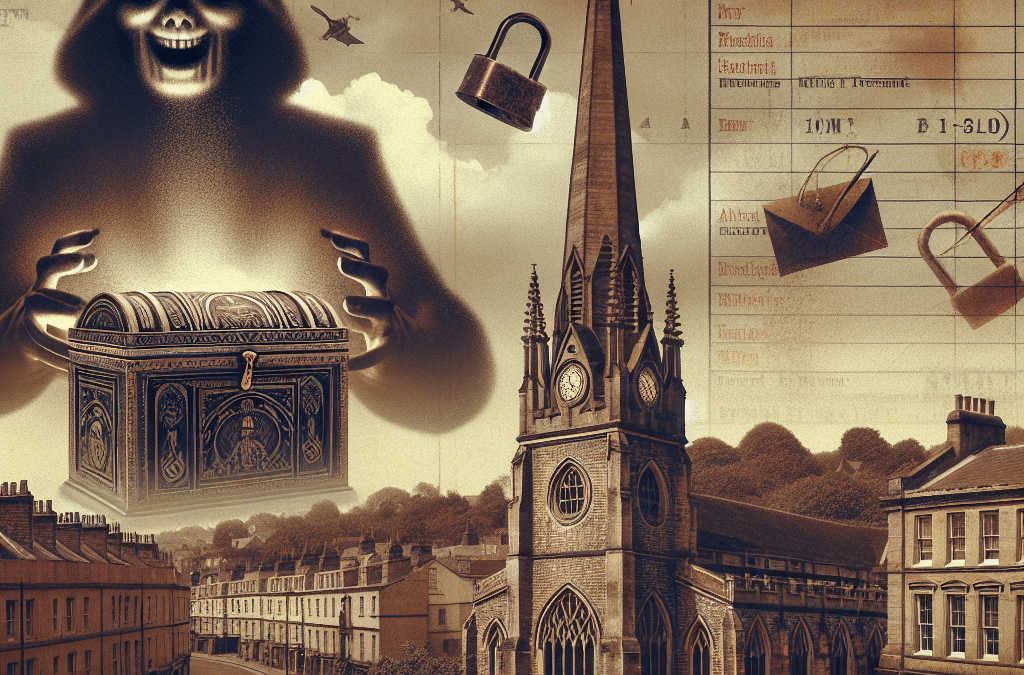Bristol, Pennsylvania – A decades-old mystery surrounding the murder of Carol Ann Dougherty has finally been resolved, bringing closure to a case that baffled investigators since 1962. Authorities have disclosed that the individual responsible for the tragic killing is now deceased, concluding a long search for answers in a crime that left a community in shock.
Dougherty, a 16-year-old high school student, was found dead in a church in Bristol nearly 61 years ago. At the time, her murder sent waves of fear through the small town, leading to extensive investigations but ultimately no arrests. It was a case that lingered in the memories of local residents, many of whom had never seen justice served for the young girl’s untimely death.
Officials announced at a recent press conference that DNA evidence collected from the crime scene provided a breakthrough in the investigation. The advancements in forensic technology allowed them to identify the perpetrator after years of cold case reviews. Although the man suspected of the crime has passed away, his identification has brought a measure of relief to those who have spent decades searching for answers.
District Attorney’s representatives stated at the press conference that the investigation was re-opened in recent years, utilizing newer technology to analyze evidence that had been collected years ago but never fully examined. They emphasized how critical modern DNA techniques have become in solving cold cases, highlighting the role they played in piecing together long-forgotten details.
The district attorney expressed the hope that this revelation might offer some solace to Dougherty’s family and friends, who have waited a lifetime for closure. “Even though we can’t bring Carol back, we hope knowing the truth will provide some comfort to those who loved her,” the DA said.
As the 60th anniversary of Dougherty’s murder approaches, discussions about the impact of unsolved crimes on communities have resurfaced. Many residents have expressed a mix of relief and sorrow over the decades of unanswered questions that lingered. Some community members organized vigils over the years, ensuring that the victim’s name was never forgotten, which may have contributed to the renewed interest in solving the case.
This case exemplifies both the advancements in law enforcement and the emotional toll of unresolved crimes on families and communities. Experts believe that as technology continues to improve, more cases like Dougherty’s could see resolutions, potentially bringing similar closures to families long plagued by unanswered questions.
The Bristol community now looks ahead, reflecting on the past while hoping for a future where no family has to endure the heartbreak of an unresolved murder. The sustained commitment to justice for victims like Carol Ann Dougherty serves as a reminder of the resilience of families and the enduring pursuit of truth.









